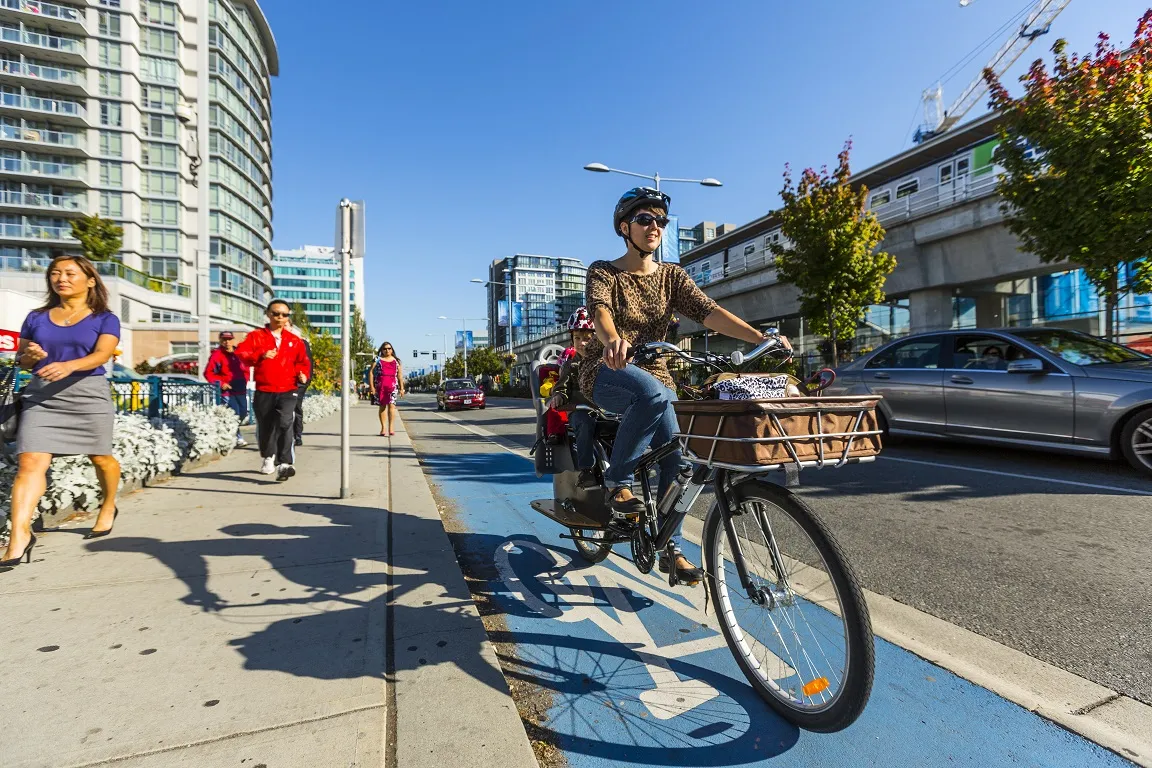Singapore’s Land Transport Authority (LTA) has launched a grant to encourage developers to support those who walk, cycle and run to work by providing end-of-trip facilities.
November 18, 2019
Read time: 1 min
The authority will help fund up to 80% of the construction for amenities such as showers, lockers, changing rooms and security features – up to a maximum of S$80,000 per development.
LTA says the facilities support its efforts to promote active mobility, by making it easier for employees to freshen up at the end of their journeys to the office.
Developers can apply for the Active Commute Grant until 30 June 2021.










